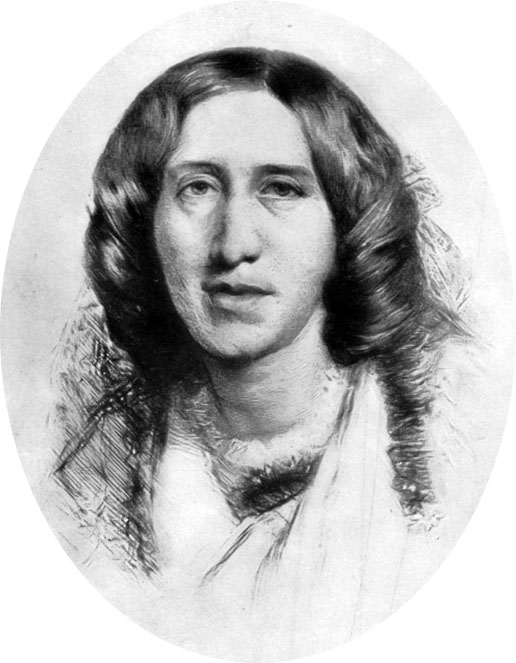

Moreover, despite its flaws, Adam Bede deserves its status as a classic.Įliot's work is groundbreaking in that it is a clean break from the work of her artistic predecessors.

This process is experimental and the keywords may be updated as the learning algorithm improves.Since Adam Bede is the product of George Eliot's first serious attempt to write a novel, it is a good source for identifying some features of her development as a novelist and for seeing signs of themes in her later novels. These keywords were added by machine and not by the authors. In its thematic focus, if not also its artistic strategies, Adam Bede offers an important slant on the layman’s faith and so the relation of religion and literature. The narrator’s running commentary, epitomized in the seventeenth chapter unabashedly titled “In Which the Story Pauses a Little,” becomes so important a part of the total narrative that we (may) finally recognize that the work before us, in fact, is both novel and essay.


1 Like other great novels of the eighteenth and nineteenth centuries, particularly in England, Adam Bede is a rather unholy mix of narrative and essay, the narrator the embodiment of the author’s values, its “massive” slowness both reflective of the era in which it takes place and indicative of a way of life-in harmony with nature-that George Eliot prizes and sets against more modern times. Eliot, born Mary Ann Evans Cross, leaves little to the reader’s interpreting, for her relentless and loquacious narrator constantly intervenes, filling in details, explaining, and reassuring. Many if not most readers of George Eliot’s Adam Bede find distracting and annoying not only the West Midlands dialect of the late eighteenth century but also the massively slow pace of the story, partly the result of obtrusive and irritating narrative commentary.


 0 kommentar(er)
0 kommentar(er)
